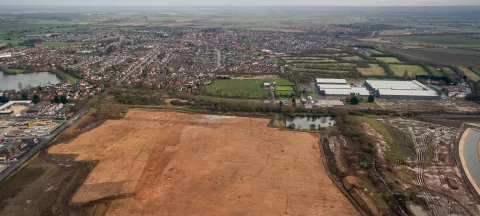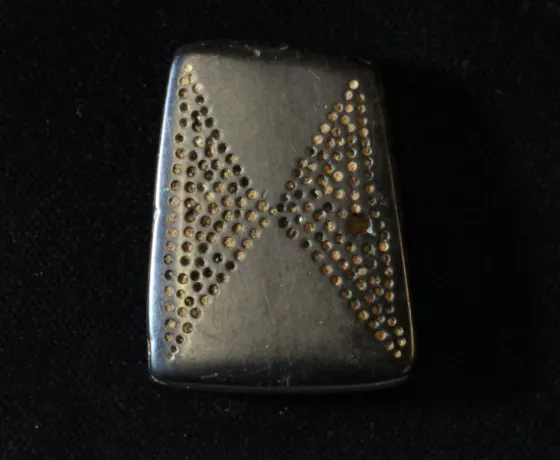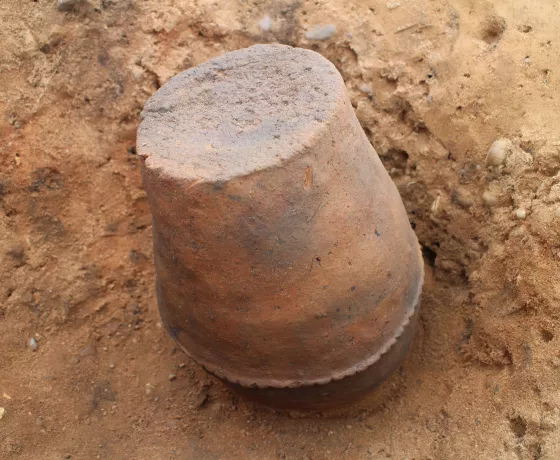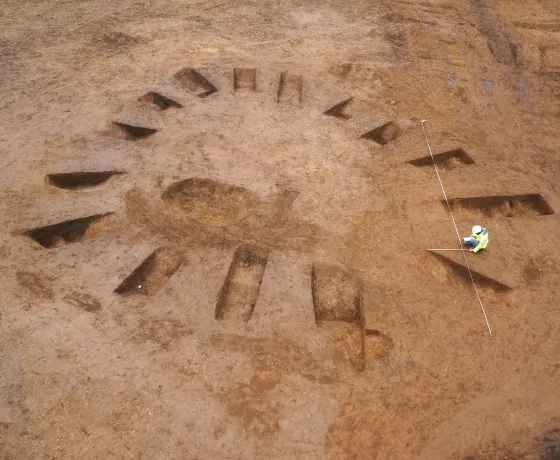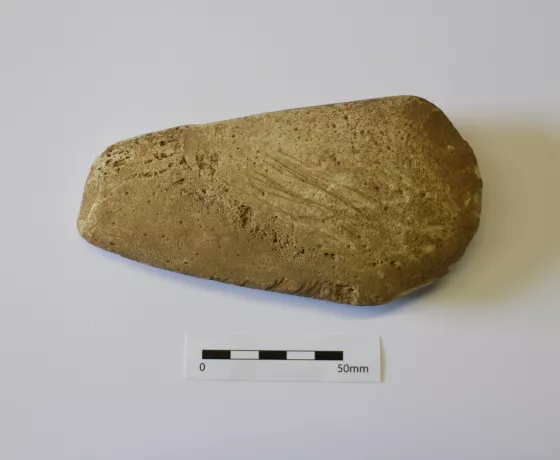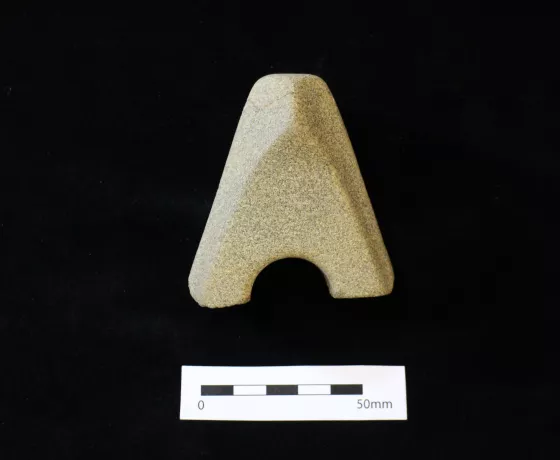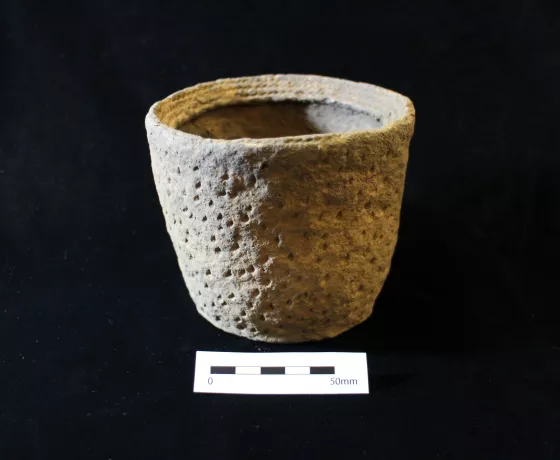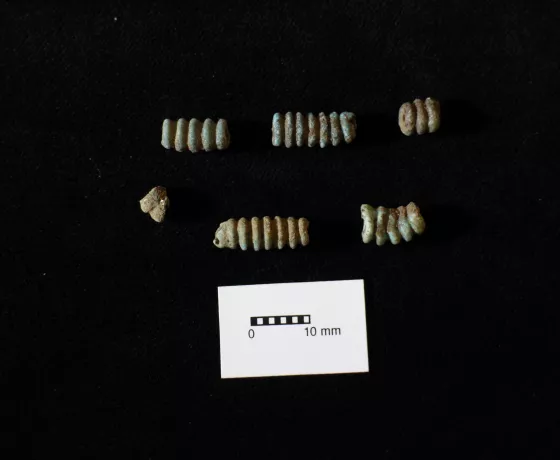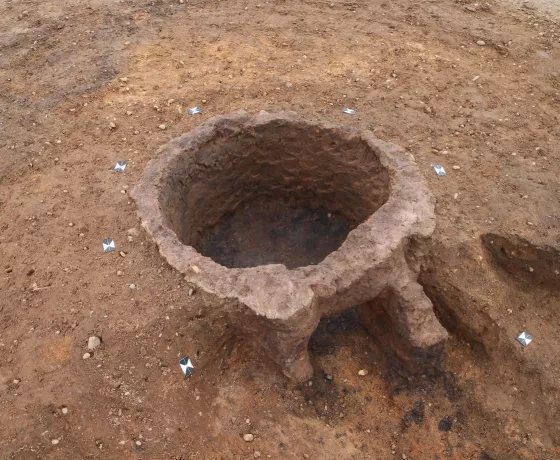In August 2016 Urban&Civic began a large-scale development at Newark-on-Trent, Nottinghamshire. The development will deliver key infrastructure linking into both the A1 and A46, as well as mixed residential, commercial and communal facilities. Oxford Archaeology was engaged to mitigate the potential impact of the development on extensive archaeological remains.
During the Phase 1 works, an area to the west of Bowbridge Lane revealed some very intriguing prehistoric phases of activity. In the north-western corner of this area, a large, circular, ditched enclosure, c 35m in diameter, was excavated. It appears to have had at least one causewayed entrance, but had been modified at some point to remove this and create a single unified ditch. A charred hazel nutshell recovered from a basal fill of the ditch produced an Early Neolithic date of 4036-3801 cal BC (5130±35BP; SUERC-75968) and isolated sherds of Early Neolithic and Middle Neolithic ‘Impressed Ware’ pottery were recovered from the fill and surrounding features, suggesting the ring ditch or hengiform monument may have had an origin during the Neolithic period. However, further charred remains from upper fills in the ditch yielded dates spanning the late third- to early second millennium cal BC, suggesting the monument, if Neolithic in origin, had been significantly remodelled during the Early Bronze Age.
Inside the enclosure were many pits, pit groups, postholes, and other features, some showing signs of in situ burning. A number of these features may also have been modified, potentially removing any upright posts, and were subsequently used for the interment of 35 cremation deposits dated to the Early to Middle Bronze Age. Up to 13 of the cremations were accompanied by a range of Early to Middle Bronze Age urns, including Collared and Bucket urns, Food Vessels and a number of smaller ancillary vessels, as well as a small assemblage of other grave goods, including a number of very rare Early Bronze fiancé beads, probably from a small necklace or bracelet, and a bone awl.
A small number of cremation deposits were also excavated to the south-west and outside of the hengiform enclosure, in association with a number pits and gully features. These were also found to be Early to Middle Bronze Age in date and one contained a fragment of an Early Bronze Age socketed stone axe. A beautifully decorated jet slider, probably a fragment from a larger necklace previously disturbed by plough activity, was also recovered from the land surface in this area.
Either side of Bowbridge Lane, excavations also identified the remains of an extensive and predominantly Iron Age settlement, with a system of ditched enclosures containing the remains of nearly a dozen roundhouses and numerous pits and other features, including a possible square barrow. The features contain tantalising clues about life in the settlement and produced a significant assemblage of Middle to Late Iron Age pottery as well as limited metal working residues and other remains.
The Iron Age settlement was subsequently reworked during the Roman period, with a large, double ditched enclosure created and forming the focus for significant activity, much of which was industrial in character. This included up to six well-preserved pottery kilns, cut into the top of the infilled enclosure ditch, used to produce common place and utilitarian forms of Roman period pottery called ‘Grey Ware’.
Work continues during Phase 2 and 3 of the development with some exciting finds that will be updated once fully excavated.

